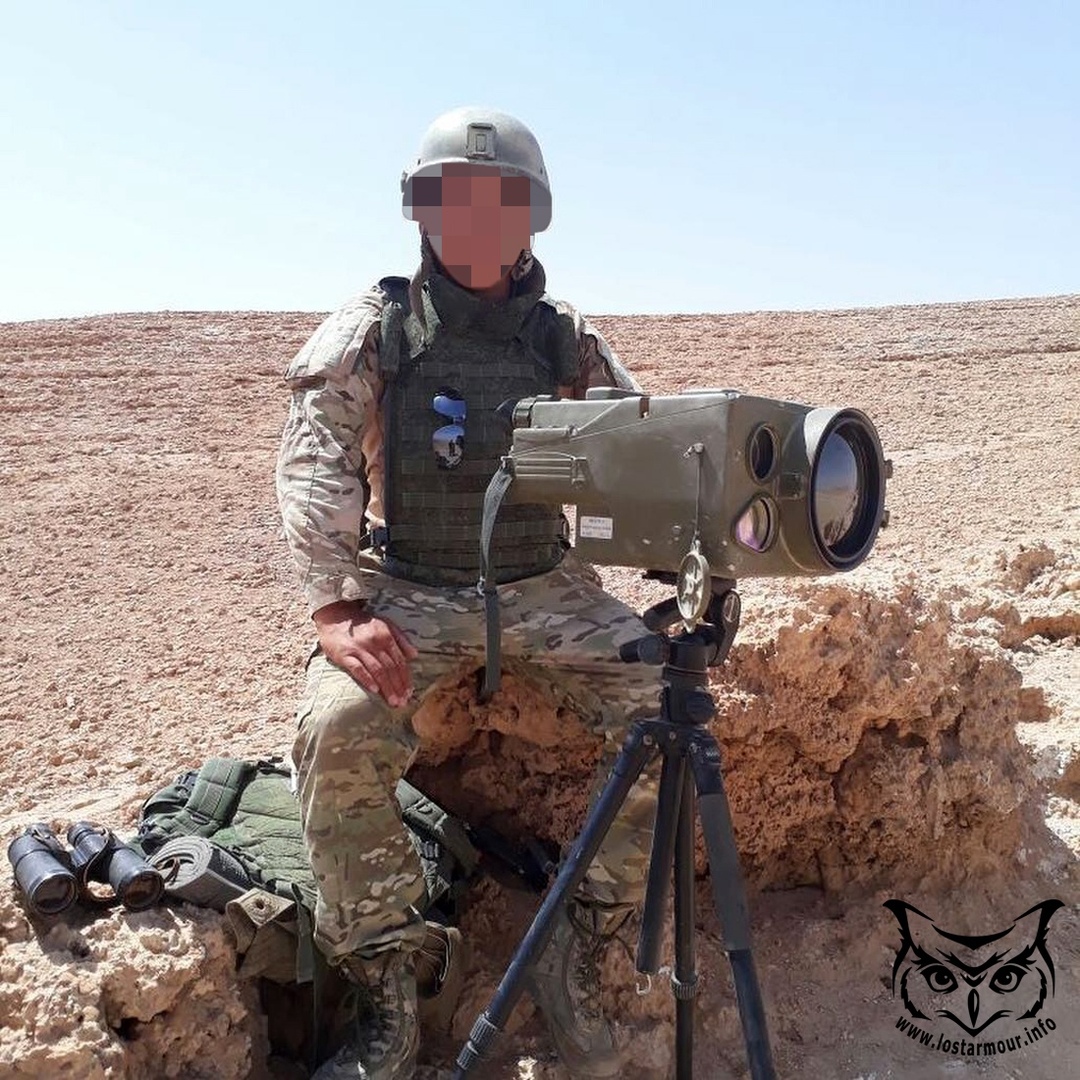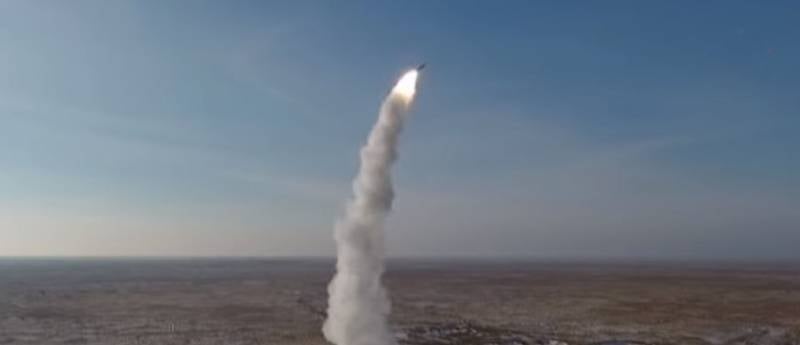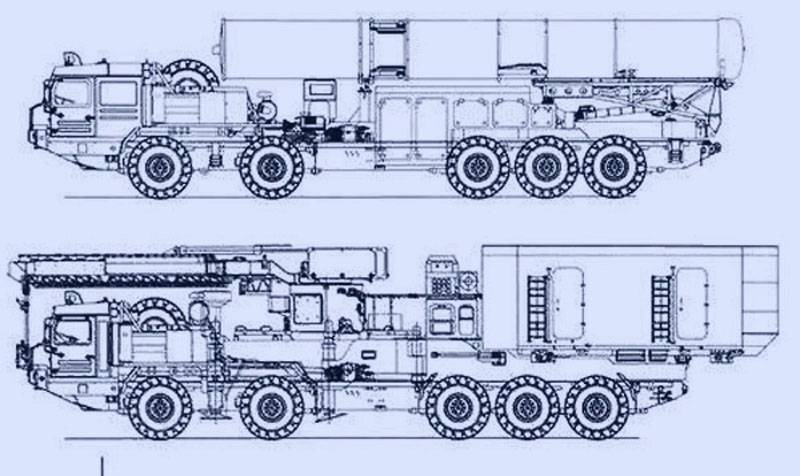Isos wrote:Typo error. Corrected.
I just pointed out that 100% is never achieved and redundancy in air defence is very usefull.
Obviously a
1:1 ratio between launched interceptors and interceptions is rarely achieved ,while 100% interception of enemy volley is almost a constant for modern domestic SHORAD; naturally this ratio, for short range SAM, depend also on the type of incoming targets ( mostly theirs speed and manoeuvrability).
This factor -n. interceptors: n. interceptions-
influence the resilience of a particular air defense system to saturation attacks and if you take into account the
interception ratio described by Federation's Ministry of Defense deputy you can easily compute the
absurdely high resilience to saturation by part of domestic modern SHORADs.Discounting effects of domestic EW and area masking systems -the most advanced and efficient at world by a long margin- that will already greatly reduce the number of incoming UAVs/ammunitions to be kinetically destroyed,
anyone can realise how an attack with very costly stand-off ammunitions and/or UAVs , therefore with range at least superior to 200 km
for area defended by relatively old С-300ПМУ2 (we talk of AGM-158 JASSM, TLAM, KEPD 350 Taurus, Storm Shadow/SCALP, Delilah, SOM etc....and medium range UAV/UCAVs ) and with the presence of even a single battery of Панцирь-С or Тoр-М2 considering the previosuly named Pk operatively demonstrated in Syria, should be planned taking into account a number of UAV/missiles surviving after EW systems and area decoy and masking system of the following type:
1) For a typical battery of
6 Панцирь-С at least 94 surviving missiles after EW decoy and area masking (one hit on the defended target) coming from 63 interceptions by part of the 72 ready to fire missiles and at least other 30 from the 6 twinned 30 mm autocannons at range of 2,5 km or less.
2) For a typical battery of
6 Тoр-М2 at least 85 surviving missiles after EW decoy and area masking (one hit on the defended target) coming from 84 interceptions by part of the 96 ready to fire missiles.
To notice is that the presence of integrated multispectral AD radars of latest generation render practically null the effect of the presence, in the attacking volley, of decoys of any kind.
Even a similar attack in an area devoid of medium range AD systems and Air Force coverage and with only a single modern SHORAD battery show how
the economy and affordability of similar attacks is terribly lopsided in favour of the defending side (Israel is already experiencing that severe economic/production problem since it has been forced to substitute stand-in laser/GPS guided gravity bomb with costly stand-off PGMs against a third tier opponent) and would be practically inexecutable in a conflict against a peer enemy.
Advocates of "saturating attacks" today propose ideas that only in appareance seem rationally grounded but all, indistinctly, fail the tests of an accurate examinations of the economic/time of production implication of the production of "UAV swarm" ; if you attempt to remove the avionic content from each element of this UAV swarm
relying on third party guidance or guidance by part of few UAVs of the swarms the attack become terribly susceptible to coomunication guidance channel's corruption or interruption by part of enemy electromagnetic warfare system ; on the other side
adding independent guidance , communication or IA algorithms to each UAV cause theirs
cost to skyrocket to over an order of magnitude more than the interceptors designed to destroy them in the 20-30 km from intended target.
Even more while the military value of the production of those inteceptors will be always maintained and capable to defend by themselves the financiary investment in them, those UAVs will have only a very specific niche of employment and will not be capable in any way to defend theirs area of deployment or productiuon from enemy attacks.




 PapaDragon
PapaDragon







